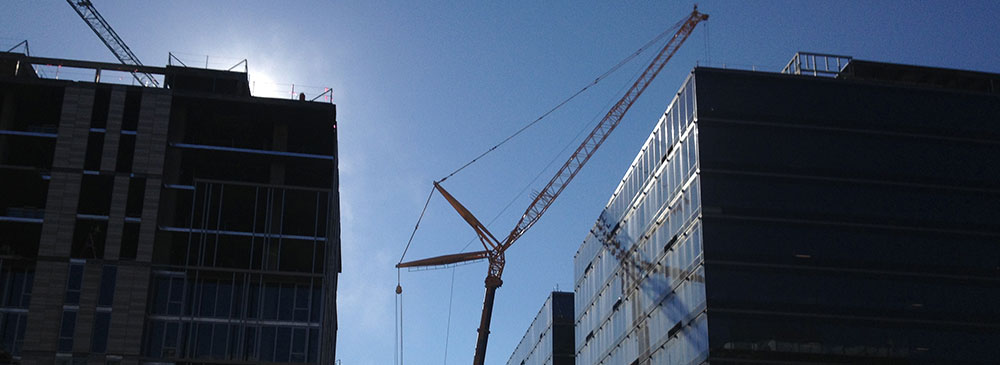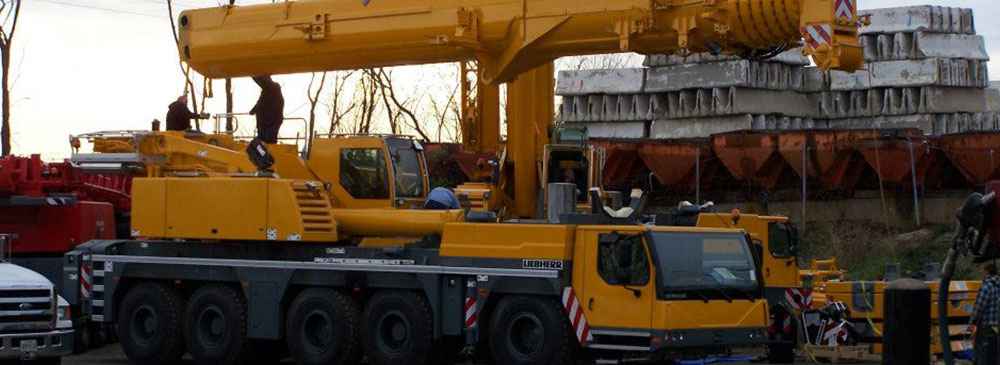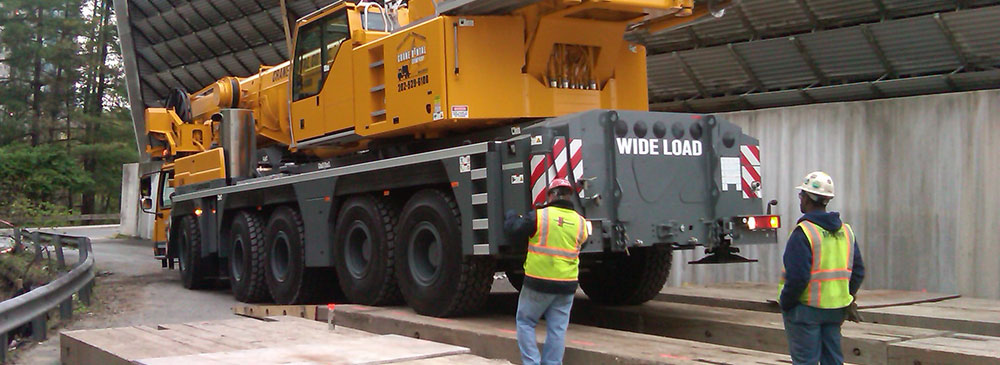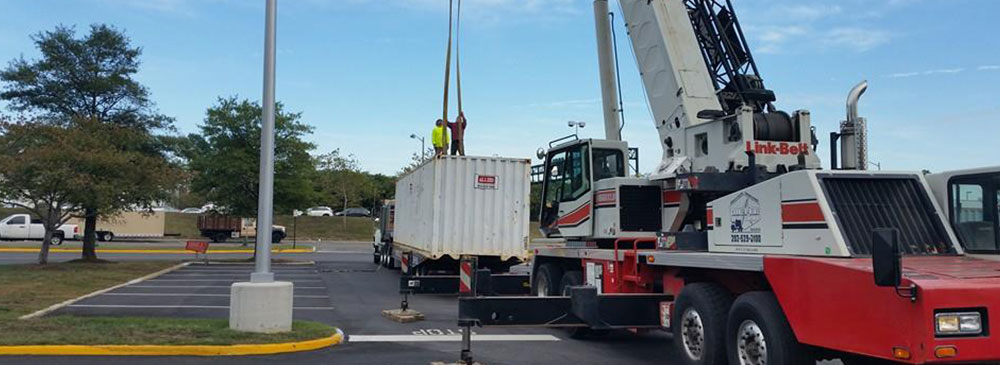
Rigging is a common process on job sites, but it can be dangerous if not done correctly. To help you out, here are basic rules meant to assist you in preventing hazards during your next rigging assignment:
Work with the right weight load
The first stage in the safe rigging process is to determine the weight of the load that you will be rigging and raising. Knowing the weight of the load is essential for comparing it to the rated capacities of the lifting and rigging equipment you’re using.
In some circumstances, it may be clear that the load is insufficient to surpass equipment capacity. Other times, it may be unclear if the load can be raised safely.
In these instances, you will need to determine the weight of the load and compare it to the rated capacities of the lifting or rigging equipment.
Thankfully, product features, including weight, are often provided or can be obtained from the manufacturer or supplier. Certain products may require you to perform simple calculations to ascertain their weight.
You shouldn’t just start the rigging without knowing the maximum weight you can lift. If you can’t find the information on the equipment, get in touch with the rigging services providers that rent you the equipment.
Use the right hitch
There are three primary types of hitches you can use when rigging: vertical, choker, and basket. Selecting the appropriate hitch to sustain the load is an important aspect of safe rigging. For example, a single choker hitch cannot entirely hold a stack of unfastened pipes.
When the lift starts, the sling tightens around the sides and bottom of the stack but remains slack on top, allowing pipes on top of the stack to fall.
A 2-sling double-wrap choker hitch or a 2-sling double-wrap basket hitch would be a much safer option because it would snugly secure all of the pipe during lifting.
The type of hitch you go with will depend on the load that you are lifting. As a rule of thumb, do background checks to determine that you are using the right hitch for your load and weight.
Again, if you aren’t sure about the right one to go with, get the input of a professional.
Choose the right sling.
When deciding on the best sling type for your load, there are several aspects to consider. Will the sling hold the load securely and steadily?
Is the sling compatible with the rigging hardware and hitch you’ve chosen? Is the sling fitting’s rated capacity sufficient to support the load?
Slings come in a variety of styles, each with its own set of advantages and disadvantages, as well as rated capacities. Some of the most commonly utilized types are synthetic web slings, synthetic round slings, wire rope slings, and steel chain slings.
Understanding which sling is ideal for your load type will go a long way towards ensuring top-notch rigging safety. Do your research and find the right one.
Use the right hardware.
Choosing the appropriate hardware for each rigging application is just as critical as selecting the right hitches and slings. There are several types of hardware, but some, such as hooks, shackles, and eyebolts, require the right choice.
That’s because these are rated for in-line loading. However, keep in mind that the rated capacity varies depending on the angle.
When choosing gear for a certain rigging application, ask yourself: Could this hardware damage the equipment being lifted?
Is this hardware compatible with the sling? Is this hardware sturdy enough to do the job safely and lift the load securely?
As a rule of thumb, always use the right hardware for the load that you are looking to lift.
Pay attention to detail.
There are several measures that you must put into place prior to and during a lift to guarantee that the process proceeds safely and successfully.
Some of these measures include:
Use taglines to prevent the load from swinging out of control during the lift. To handle the load securely, use as many taglines and experienced tagline operators as necessary.
Check for obstacles in the path of a moving cargo. Consider where the load needs to be transported in relation to where it is being lifted, and look for any obstacles that could impede the moving weight. If you detect a potential blockage, speak with your operator to ensure they are aware of it and have chosen a safe path for the cargo to follow.
Clear the area of workers who are not associated with the lift. Set up a signal for workers in the area so they know when the lift is about to happen.
Make sure they understand that they must stay away from the lift location and path of travel until the lift is complete.
Start communicating with your operator. Make sure the rigger and operator can communicate and are comfortable using the same verbal and physical gestures in case important information needs to be transmitted quickly during the lift.
Test the load. After you’ve secured the area and done the necessary rigging, instruct your operator to slowly elevate the load a few inches at a time.
During this test, you can see how the rigging equipment is operating and whether it is properly positioned in the load’s center of gravity. If you see any problems or are doubtful if the weight can be safely lifted, instruct the operator to lower the load and re-rig it before trying again.
Parting shot
These are some of the measures you can take to reduce the chances of hazards in your next rigging project.
When doing all of this, also remember to rent the right rigging equipment. For example, when you are in the crane rental services VA, rent a crane that is large enough for the load you are looking to lift.
You should also ensure that the equipment is properly maintained. As a rule of thumb, always ask for the maintenance records before deciding whether to rent it.




